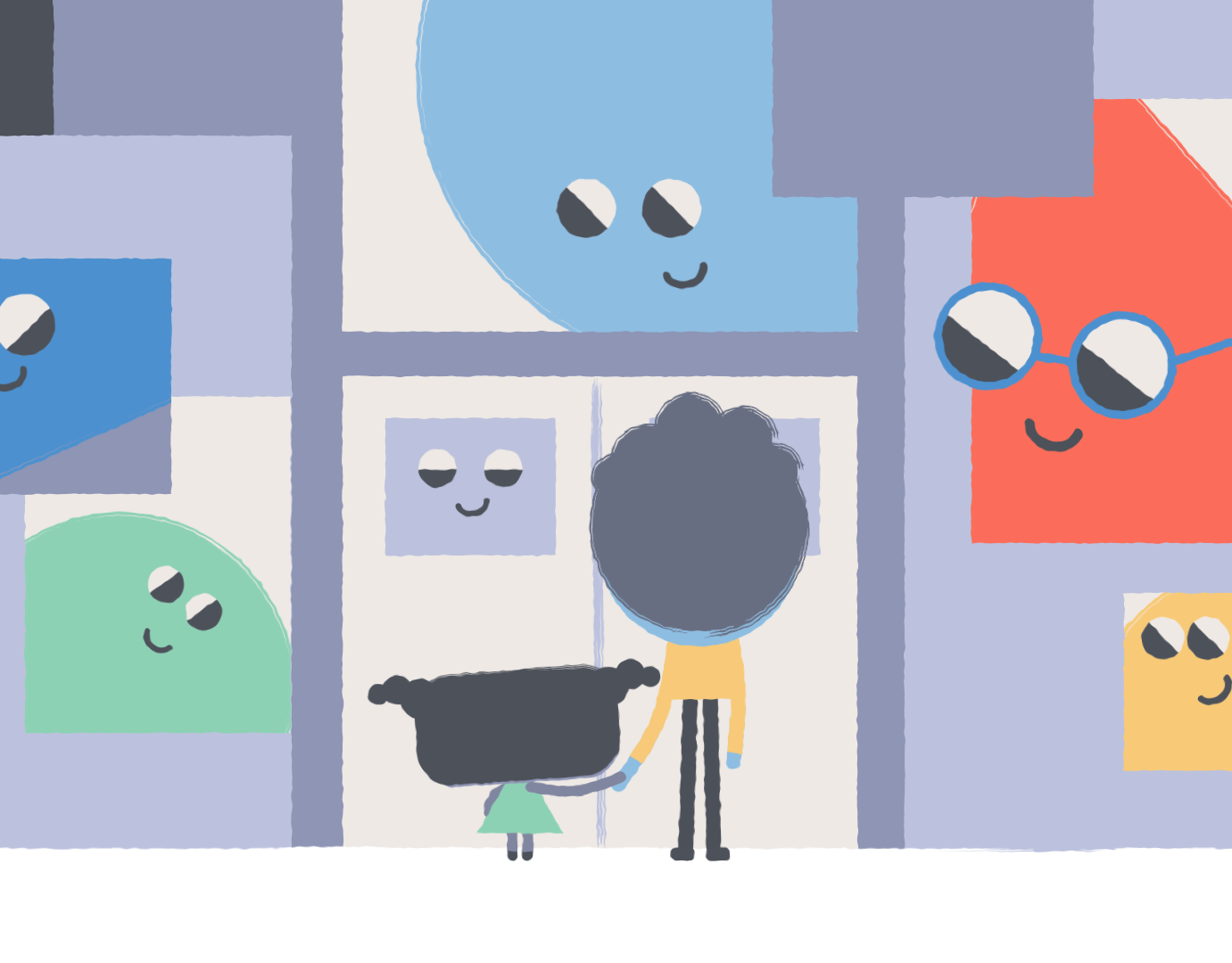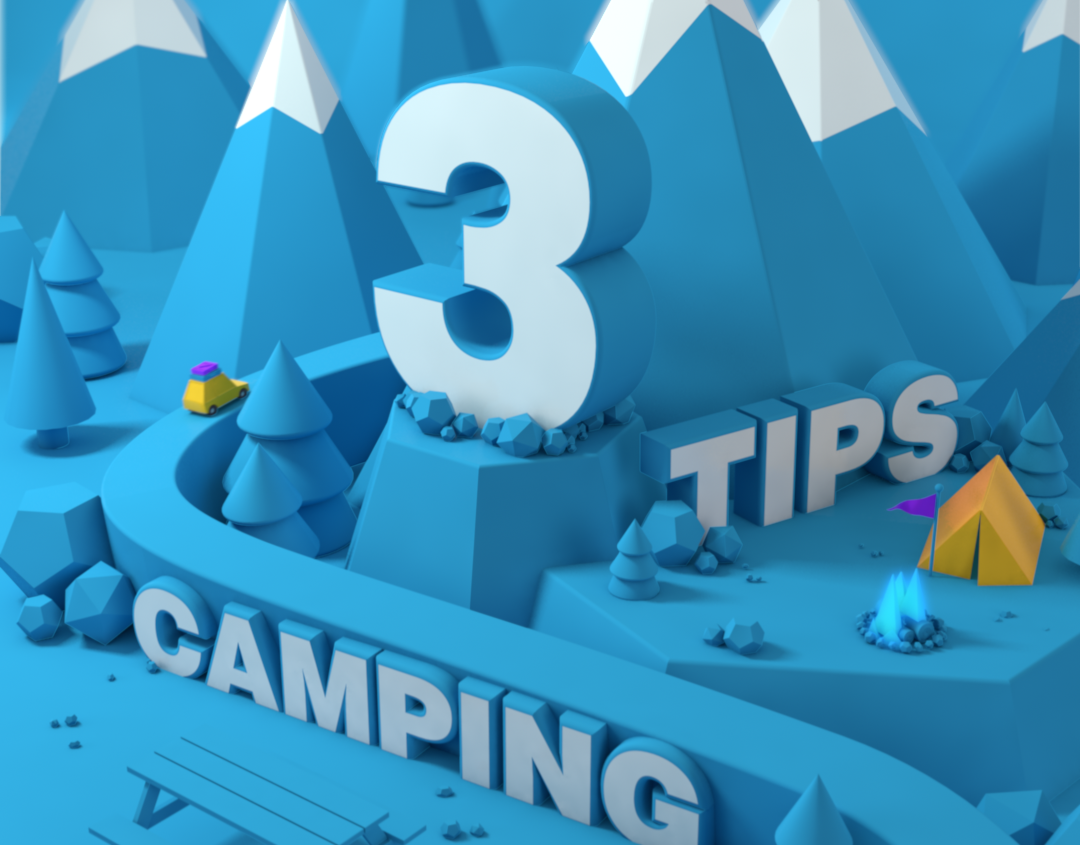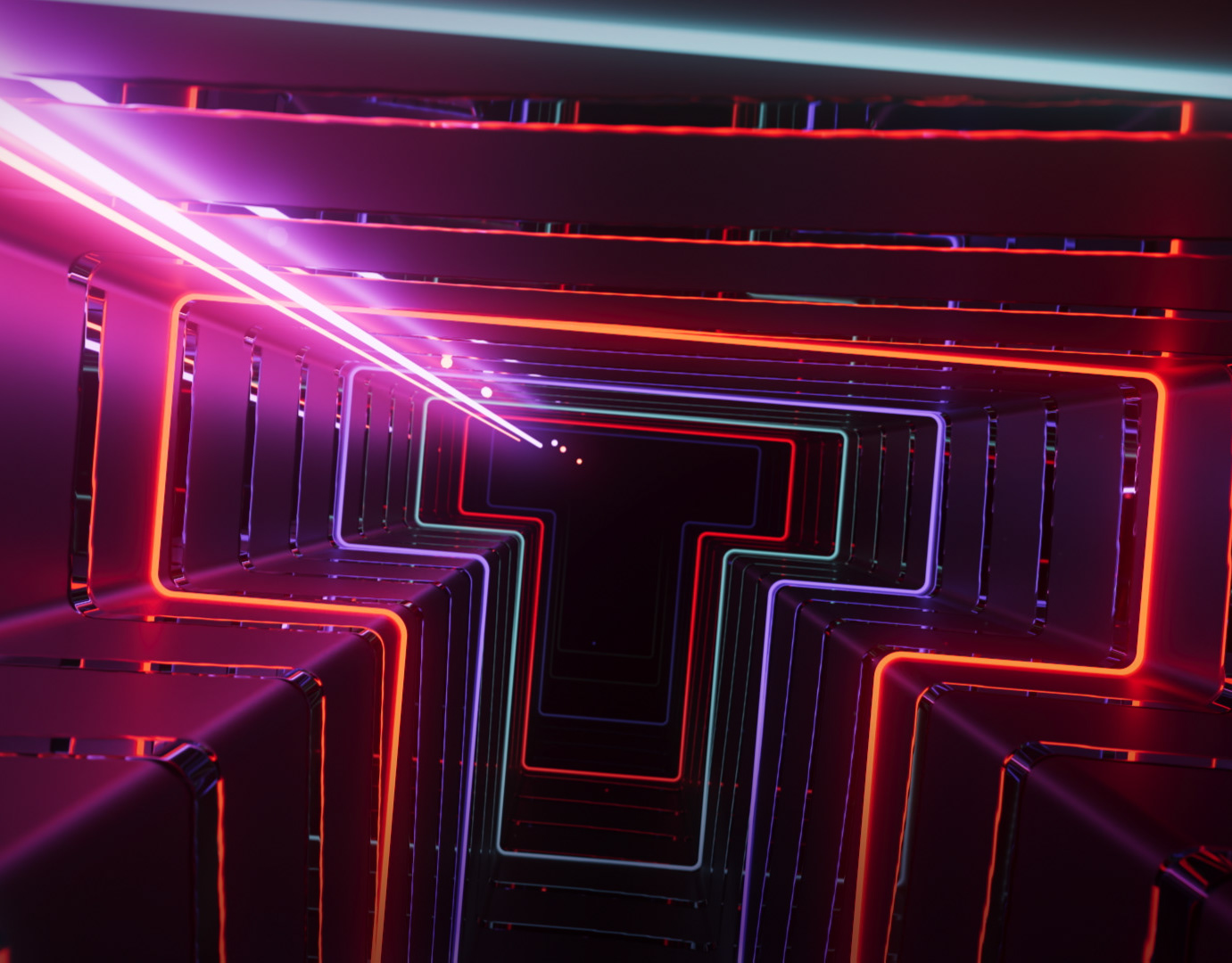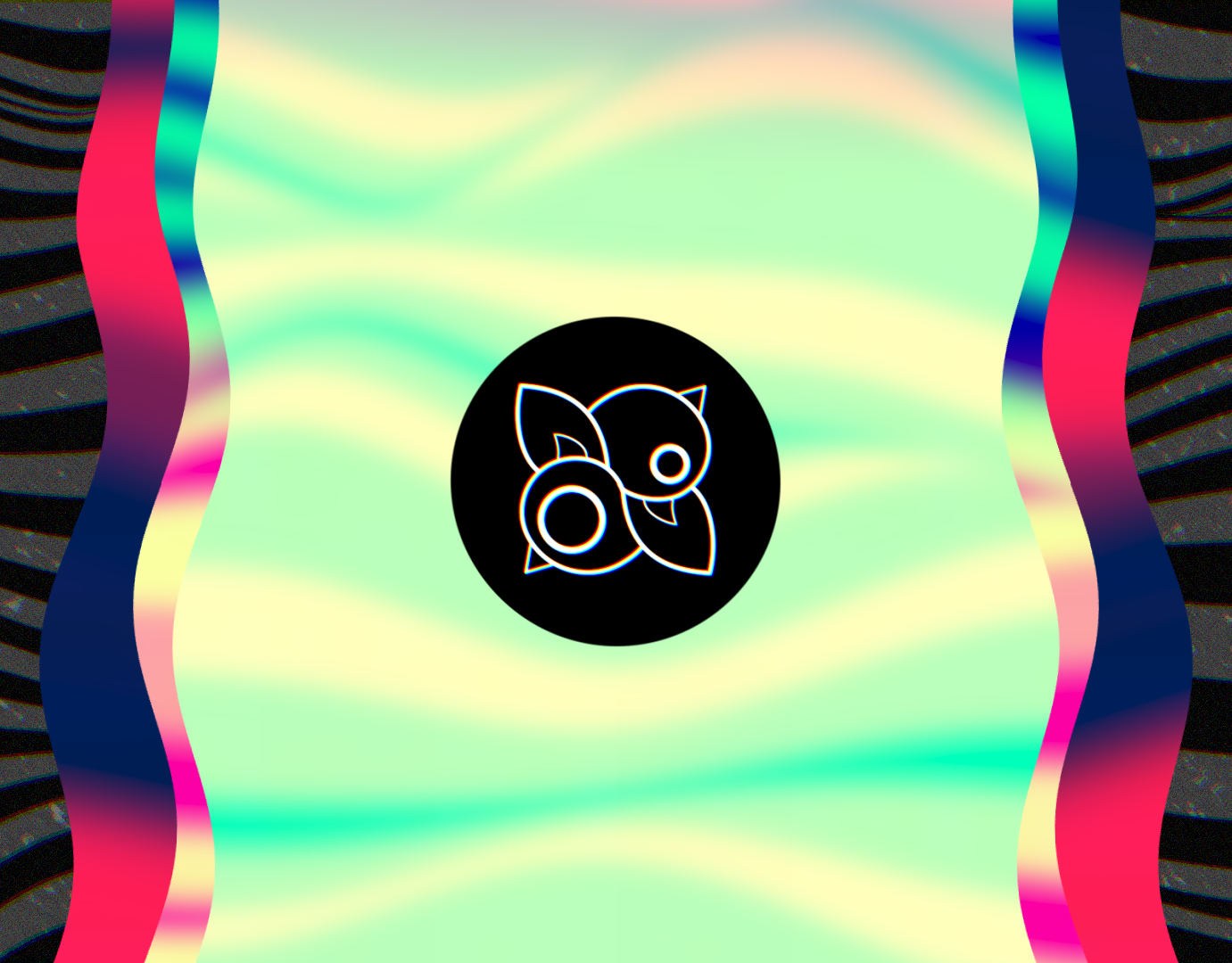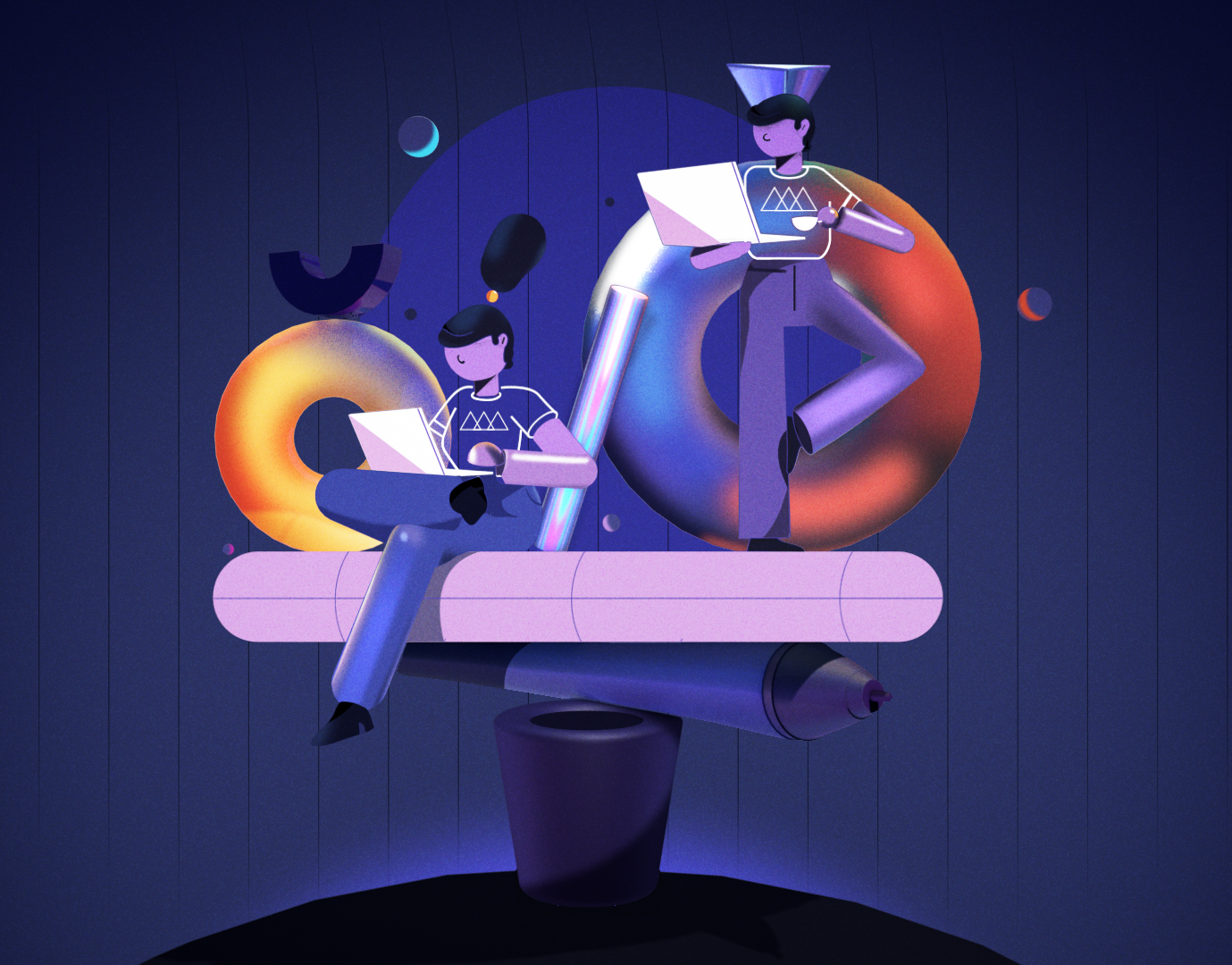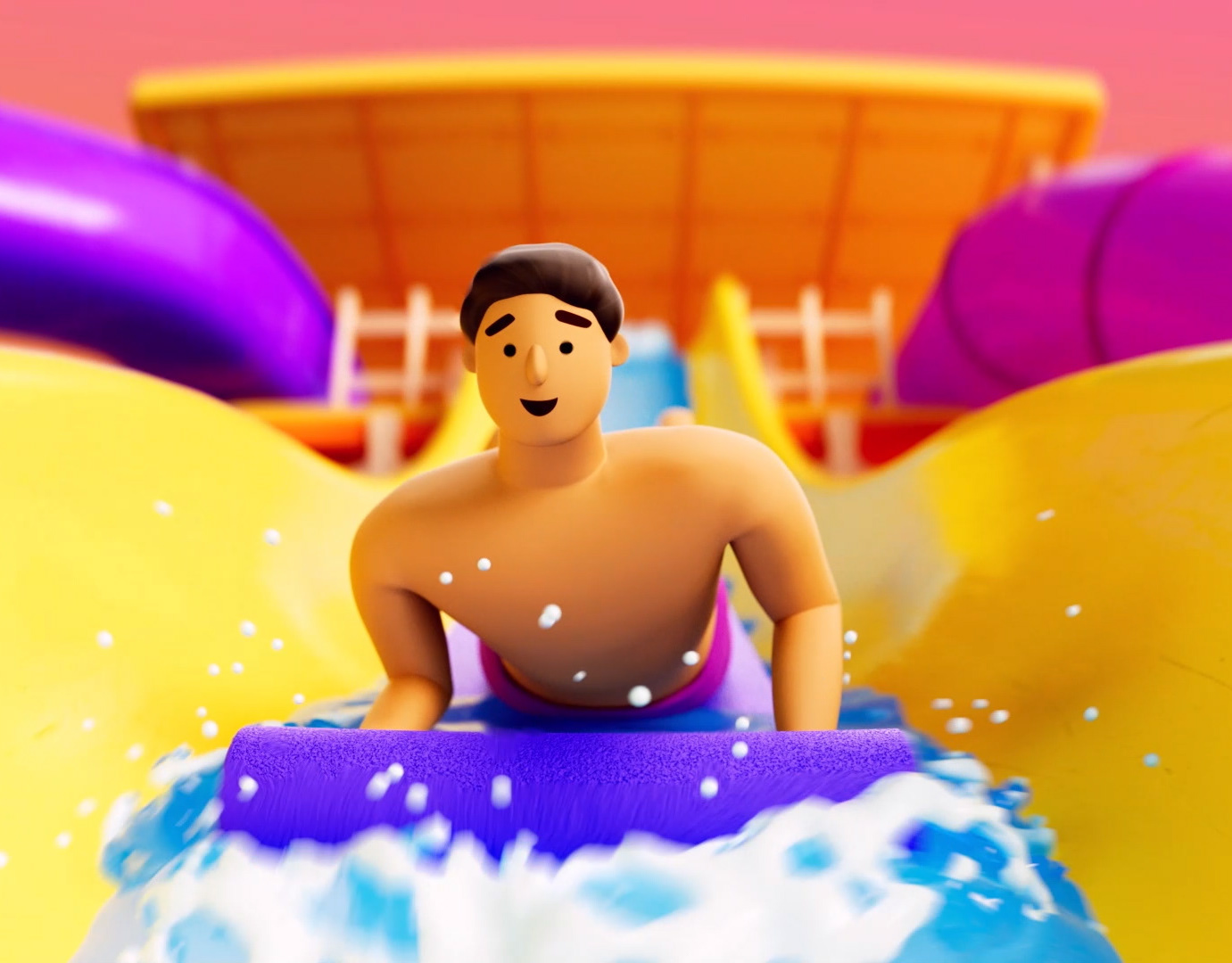Here is a collection of my finished assignments from Advanced Motion Methods. A School of Motion course taught by Sander van Dijk.
First up is my final project from the course.
Design: Sarah Beth Morgan
Animation: Deanna Reilly
Design: Sarah Beth Morgan
Animation: Deanna Reilly
CASE STUDY
Orientation Assignment: Motion Design DNA Part 1
Design: Laura Alejo
Animation: Deanna Reilly
Animation: Deanna Reilly
The course began with a challenging task - to put together an animation with our current knowledge base and resources. We were given a brief, a few finished styleframes, a couple of sketches, and a music track. The idea was to get a head start on the assignment before class was officially to kick off. With my limited time that week, I opted for a very rough boardomatic, with the styleframes timed to a scratch voice over track (I recorded my own voice). Planning how my transitions were going to flow was what I wanted to nail down first. Details would come later. Here's the boardomatic:
Museum Milano
Design: Isabella Conticello
Animation: Deanna Reilly
Animation: Deanna Reilly
After orientation week, we dove straight into to some hardcore tactical planning lessons. The content was phenomenally structured, covering methods of forming an animation with geometrical precision including timing the visual and auditory elements with mathematical ratios (i.e. √2/golden ratio). As for the assignment, we had a choice between 3 different briefs each with a geometrical theme - harmony, symmetry or asymmetrical division. I chose the latter. We were given a single styleframe, the text, a VO track and a music track. It was a 2 part assignment with the first week concentrating on the planning and structure of the animatic, followed by a week polishing a finished animation. The take-away from these first couple of weeks in the course was amazing (think expert level ways to ease curves, and expression techniques to speed up workflow). I could feel my animator senses tingling and my capacity for growth begin to bloom. I can't thank Sander enough for sharing his amazing process and putting together such a well crafted course!
Focus.io
Design: Illo
Animation: Sander van Dijk (first 10 seconds), Deanna Reilly
Animation: Sander van Dijk (first 10 seconds), Deanna Reilly
The next project was all about simple transitions that we could hammer out quickly. Match cuts what the name of the game! I love match cuts because there is so much energy transferred in an instance. A well timed match cut in the right scenario is like magic and can sometimes be just as effective as a time consuming morphing technique. With all we had just learned, regarding the lengths it takes to plan a good animation, we were certainly tested by having to work fast and put this together in a short time frame. To mention, Sander animated the first 10 seconds and our task was to finish it up. This was an interesting challenge because it's somewhat like working with a team - having a project handed over to you and having to pickup where someone else left off. I felt confident matching the pace and style which was important for brand continuity, and had a lot of fun being creative with my own transitions in the last two-thirds of the animation.
Blend 3015
Design: Gareth O'Brien & Lucas Brooking
Animation: Deanna Reilly
Animation: Deanna Reilly
This project was a super fun challenge with the aim to practice more complex transitions. The biggest challenge that I faced was telling the story. Sander does a great job teaching how to use a hero element to drive the animation and give meaning to the movement. He also goes over how to use a sine wave pulse as an effective animation technique for a natural flow. I tried to incorporate both techniques and used my own intuition as well to bring the story to life. I also had a chance to incorporate some 3D which wasn't a requirement, but I love to use 3D when an effect or transition isn't playing ball in AE. I was also very happy that I took C4D Basecamep before this course which made complex transitions seem a lot less daunting. Below you can see a few gifs of the 3D elements I created using C4D.

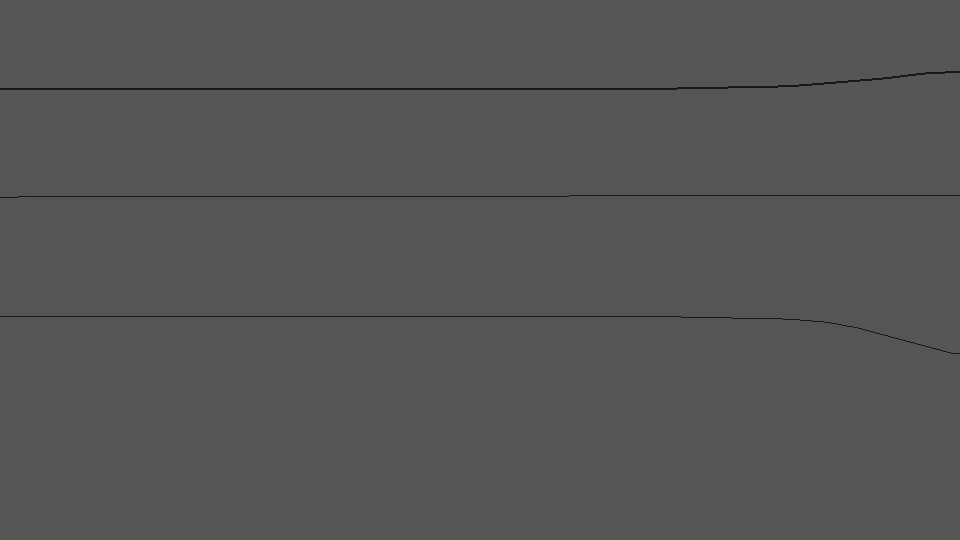

Motion Design DNA Part 2
Design: Laura Alejo
Animation: Deanna Reilly
Animation: Deanna Reilly
Back to the DNA project. The good thing was, I had felt I successfully achieved what I was going for in the boardomatic so without revisions, I could jump right to the animatic phase in order to progress this. The issue however, was that there were some complex moves that I had in mind and I had no clue how to tackle them without a lot of tedious manual work. I was shocked and relived when I watched the lesson on managing complexity in week 5. It was an eye-opening experience to watch Sander build grids and complex zoom transitions using control sliders and only a few expressions. We were just hitting the tip of the iceberg of what expressions are capable of and I quickly realized that I need to dig deeper and learn more about expressions to grow as an AE animator - but that will be chapter for another day.
Another fun bit in this exercise was learning new ways to animate seemingly simple things like lines, gradients and a circle of circles. I still can't get over how jam-packed full of goodies this course is. I'll be referencing it for years!
Once the Motion Design DNA project was completed, I felt like I could tackle almost anything. Moving straight into the final project from here wasn't easy, but the things that used to scare me before this course weren't the same things that scare me now. The final project was a beast in itself, where the biggest challenge for me was to stay organized and plan through the full process without any hiccups - to move with good intention. To be honest, it was a big confidence boost when, about half way through, I was completing the project faster than I had budgeted my time. I think that says a lot. I achieved what I had set out for and have a big sack of tricks to take with me into the next project I work on.
Well, that wraps up my Advanced Motion Methods journey. I hope you enjoyed it. Peace!

